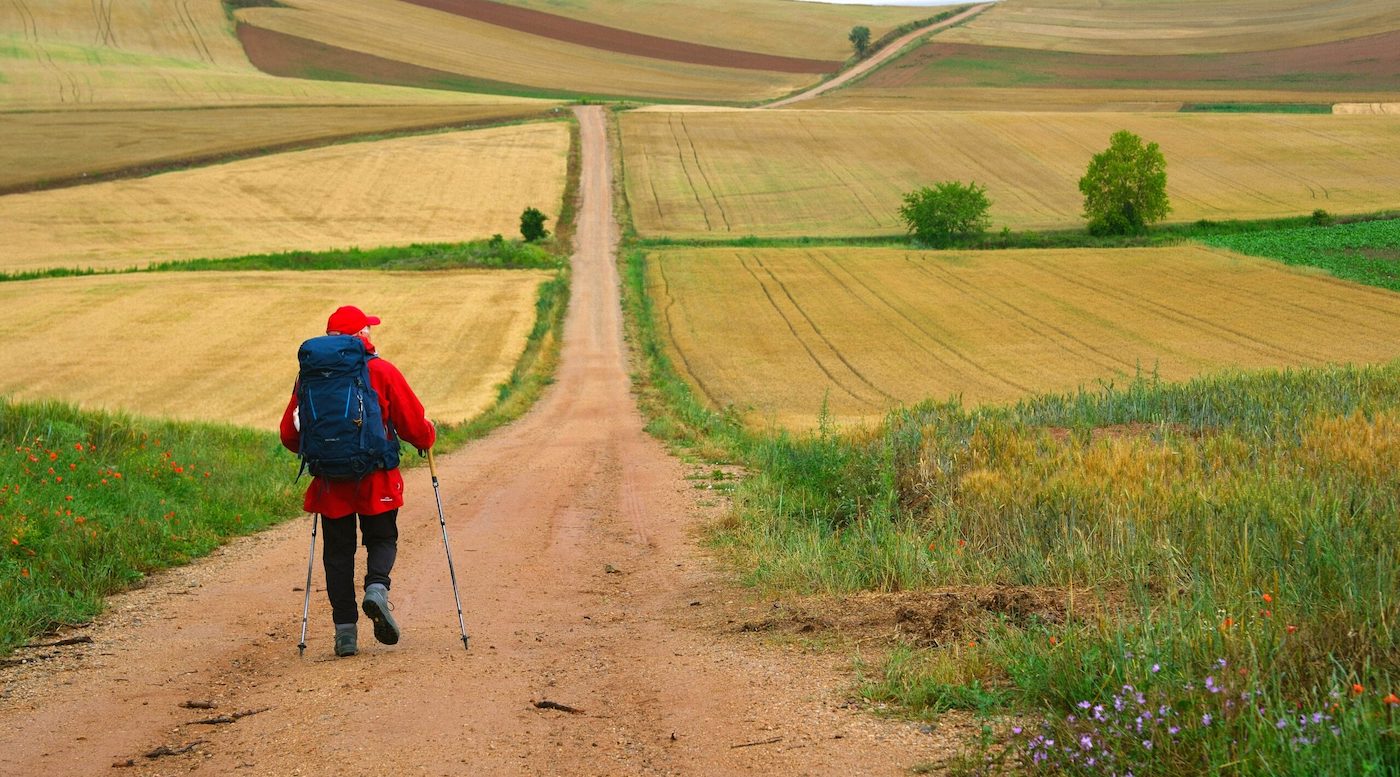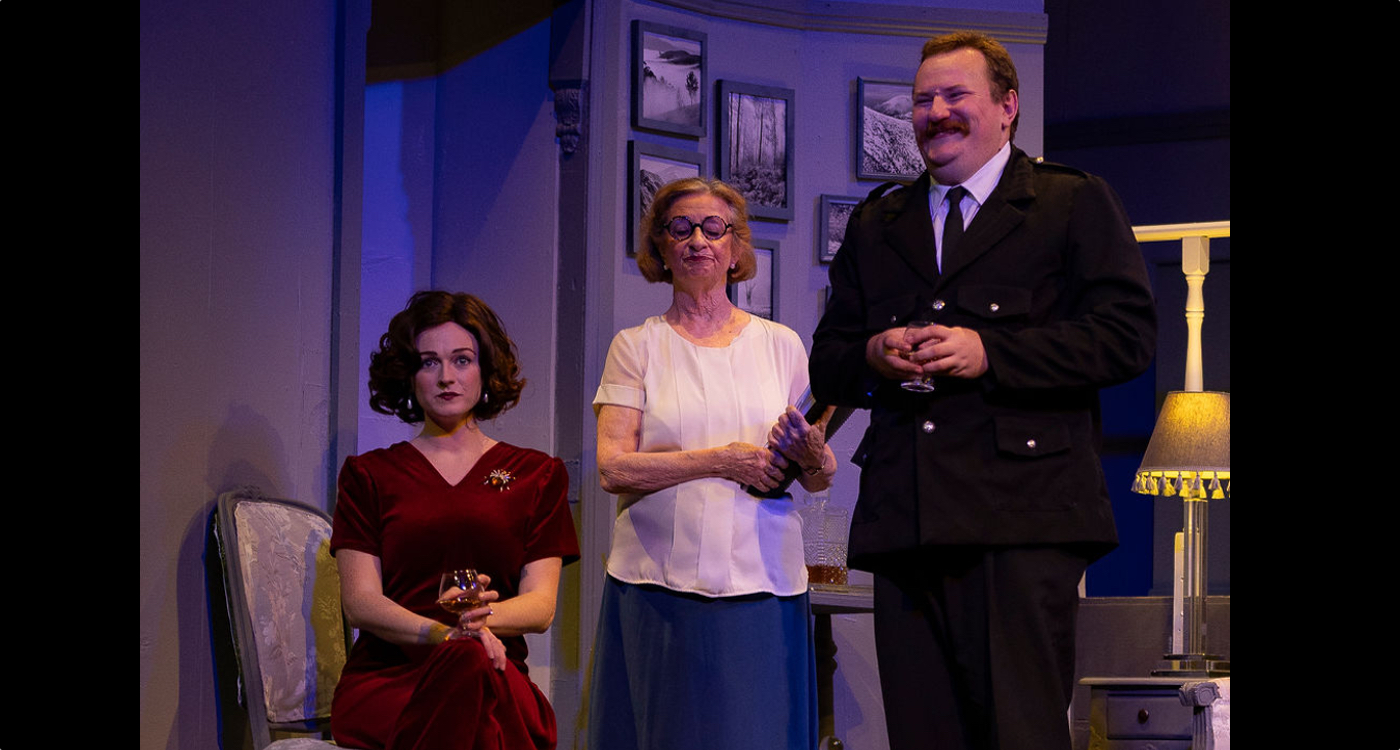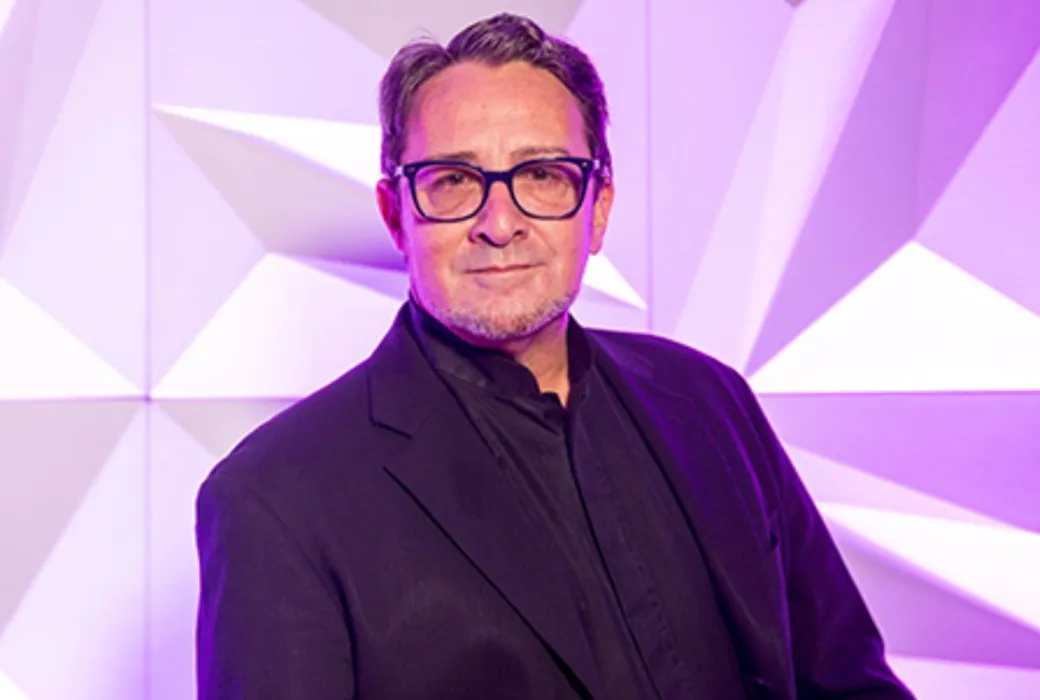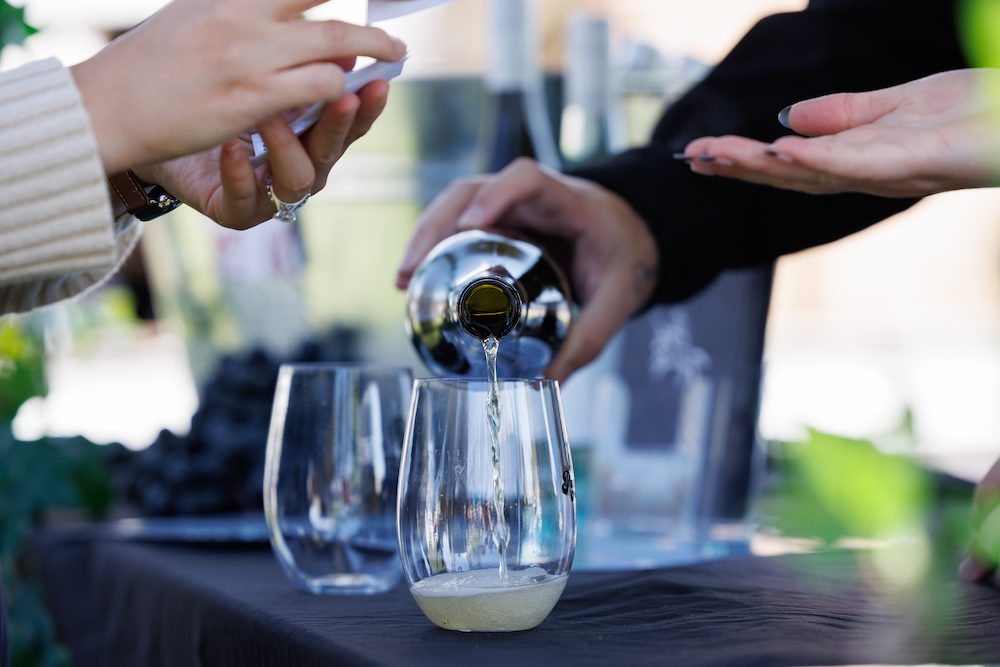
From marble to milestone: 25 years of Sculpture By The Sea
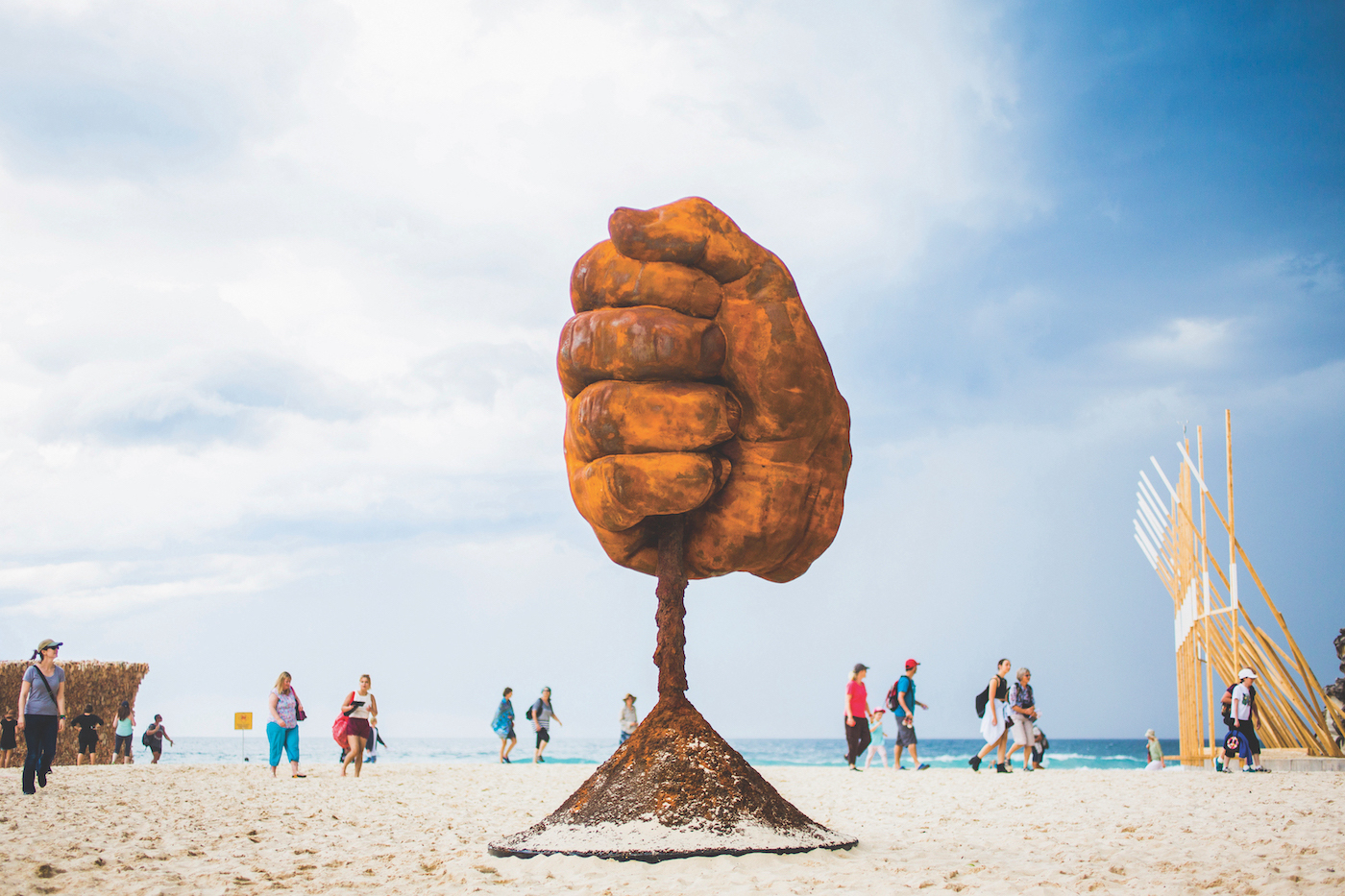
More than 100 artworks and around half a million people will help mark the 25th edition of the famous Sculpture By The Sea exhibition.
At any time of the year, the coastal walk from Bondi Beach to Tamarama Beach is a unique and rewarding amble, with the magnificent blue expanse of the Pacific Ocean and frothy shoreline on one side, and various facades, parks, neighbourhoods and other curiosities on the other. But during the two-plus weeks of the annual Sculpture By The Sea exhibition, this famous promenade becomes a fantasy world, and every step is charged with the potential of a delightful, hilarious, awe-inspiring discovery.

The brainchild of David Handley, the idea was conceived in a sculpture garden in Klatovy, Czech Republic in the mid 1990s. Handley was overwhelmed by its sheer majesty and wanted to reproduce that experience in his hometown, Sydney.
Handley had gone to Prague to study art after becoming disillusioned with law, but he had no knowledge of sculpture. He managed to acquire some leading mentors in the field, among them, Ron Robertson-Swann who had been an assistant to Henry Moore.
Robertson-Swann was very supportive of Handley’s coastal sculpture trail idea and was instrumental in getting well-known sculptors involved in the very first exhibit in 1997. It was a one-day event and it was a smash hit.
Since then, the exhibition has grown in scope and duration, and has given broad exposure to local artists.

“Prior to Sculpture By The Sea, any Australian artist who wanted to be recognised internationally had to go overseas to do that,” says Handley, proudly. “Sculpture is the only art form in Australia that attracts leading artists from other countries around the world to come here at their own expense,” Handley adds.
The exhibition is free and in its first dozen years it received very little government funding. Sculpture by the Sea, Bondi is now supported by the Federal Government’s Restart Investment to Sustain and Expand (RISE) Fund and Create NSW
Keeping it free to the public is something that is important to Handley but that obviously presents a sustainability problem. While corporate sponsorship helps, Handley eventually succumbed to allowing the sculptures to be sold as part of the exhibition – something he was reluctant to do.

“In setting this up as a free to the public exhibition, it was really important for me personally, not to have a connection a financial connection with bums on seats,” he explains. He wanted the artists to feel free with their creativity. “And that’s a really important part of what we’re doing to make it in every way shape or form a gift to the people of Sydney.”
Of course, not everyone has the substantial budget or backyard required for large-scale artworks, so a few years ago, Sculpture By The Sea introduced Sculpture Inside, an exhibition of smaller, more affordable works.
In 2005, Sculpture By The Sea went over to the west coast, establishing a similar event on Cottesloe Beach, near Perth. Then, last year, the event moved away from the ocean entirely. In the Snowy Valleys district, near Tumbarumba, Handley and his team helped create a permanent sculpture trail that extends along 150km in an area devastated by the Black Summer fires of 2019-20.

For Handley, this is a tangible, enduring legacy of Sculpture By The Sea; this and the countless lives touched, artists and architects inspired, and imaginations stirred by the event.
Many artists who exhibited at the inaugural event have returned repeatedly, among them is Margarita Sampson.
“So, in ’97 I was actually a painter, and I was living in North Bondi and the local paper had an ad for a new sculpture show which was going to be held on the headland, and I had just started playing around with little sculptures,” recounts Sampson. “And so I thought: Oh, I’m sure I could make a bigger one.”
Sampson grew up on Norfolk Island, so the idea of a sculpture exhibition by the ocean felt like a perfect fit.

Her first pitch, however was rejected — it seems the public wasn’t quite ready for a mermaid breastfeeding fish. Her second proposal, sea urchins, was accepted, and kicked off a long relationship with Sculpture By The Sea.
With the time, labour, and passion invested in each work, you would imagine an artist would be mortified at the thought of leaving it exposed to the elements or, possibly worse, people. Not so.
“The joy of it, the unexpected joy of sitting nearby and just watching people’s faces as they encountered something. That made it all worthwhile,” says Sampson.
While the ocean has been a theme for many of her works, this year she is doing something a little different.
“I’ve just recently started working with the human figure…So I’m working with a group called the Fat Muses who are body and gender diverse models.”


Based on a life-drawing she did of a model named Tia Rose, Sampson has created a wire-frame sculpture of a full-figured woman, made from welded steel rod and painted hot pink.
The work will be located in Marks Park. Sampson likes to design her works with a location in mind, though given spots are not a guarantee. Sampson is always surprised by the response to her sculptures. One year, she had submitted a giant pink couch with pink tentacles on it, which she called Dearest.
“What was surprising was groups of people that came to have their photographs taken on it. So we had wedding photographs taken on it. We we had a group of young women that had just graduated from dentistry school. We had a you know, a group of elderly ladies in hijabs having their photos taken.”
John Petrie works with stone and has been in eleven Sculpture By The Sea exhibitions. He agrees that sculpture should be accessible.

“Sculpture is tactile, three-dimensional, people have to confront it, walk around it,” he says. Petrie is also fascinated by public response to his works.
“It’s just interesting to see people interact with the stone…I used to kind of stand around the sculpture and listen to people talk about it… Because what people think about the work is not necessarily what you think about the work.”
Petrie also designs with a location in mind which, with an event like this, is probably a given.


“The sea is a wonderful backdrop. You know, the sea and the sky, space, the whole thing […] Scale in that environment is very important. So you can have a location where, if you have a small sculpture, you have to make sure that you’re not in a vast location or it diminishes.”
There are challenges unlike for any other exhibition, and Petrie says he can’t relax until his work is in place and the event has commenced. But he loves it.
“The most rewarding thing is going from concept to realisation. You know, to go from a drawing to a monumental work, to see it there and to see it in public, that’s very satisfying.”




